Making pour-over coffee can seem daunting, especially when you don’t have a scale to measure the perfect coffee-to-water ratio. But don’t worry—it’s still possible to brew a delicious cup without one. In this guide, we’ll show you how to make pour-over coffee without a scale, using simple methods to get a great cup every time. Whether you’re in a pinch or just prefer a more intuitive approach, these tips will help you brew your best cup of coffee yet.
Why Choose Pour Over Coffee?

Unlike the mechanical churn of drip machines or the concentrated punch of espresso, pour over coffee invites you to slow down and get pleasure from the craft. This arms-on method well-knownshows shiny acidity, floral notes, and sweet undertones regularly misplaced in other strategies. Imagine the shimmering citrus brightness of Ethiopian beans or the velvety cocoa intensity of Sumatran roasts, each sip colourful and easy. The technique may be honest, however it offers a sophistication and readability that transforms every cup into an experience.
The Challenge of Brewing Without a Scale
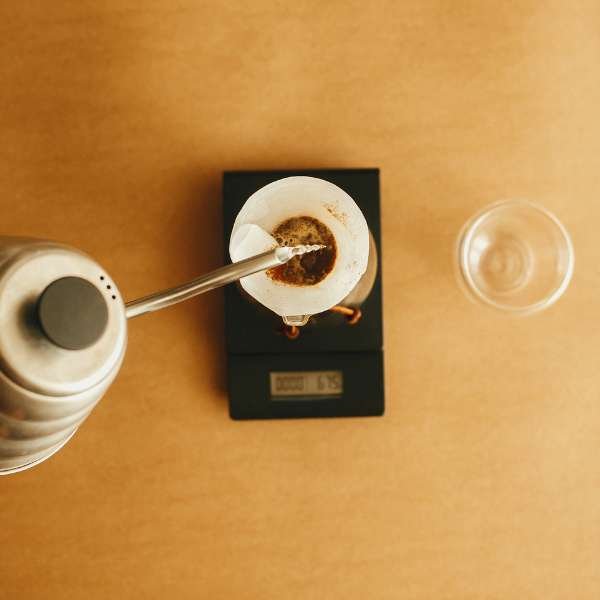
Sure, precision scales are beloved by baristas, but what if yours is missing or broken? Brewing pour over coffee without a scale might seem like navigating without a compass—but it’s entirely doable. Without exact measurements, you’re invited to trust your intuition, develop tactile awareness, and embrace estimation as an art form. Armed with a few practical tricks and patience, you can consistently conjure a balanced, luscious cup. No digital numbers, just human senses guiding the way.
Essential Tools for Making Pour Over Coffee Without a Scale
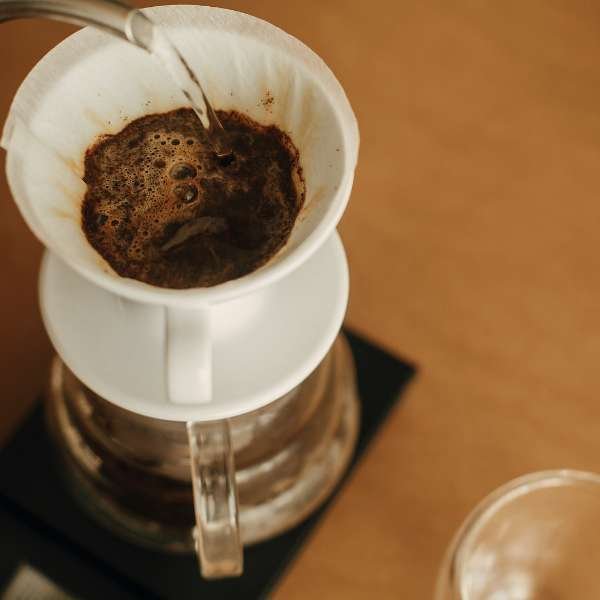
Starting this journey requires a handful of trusty tools: a pour over dripper—be it a V60 or Chemex—a set of quality filters, a kettle preferably with a slender gooseneck spout for precise pouring, a grinder, and your heat source. Lacking a scale isn’t a dealbreaker; everyday kitchen tools like measuring spoons and cups can fill in. Having these essentials at your side guarantees a reliable brew and enhances your coffee ritual’s elegance.
Choosing the Right Coffee Beans
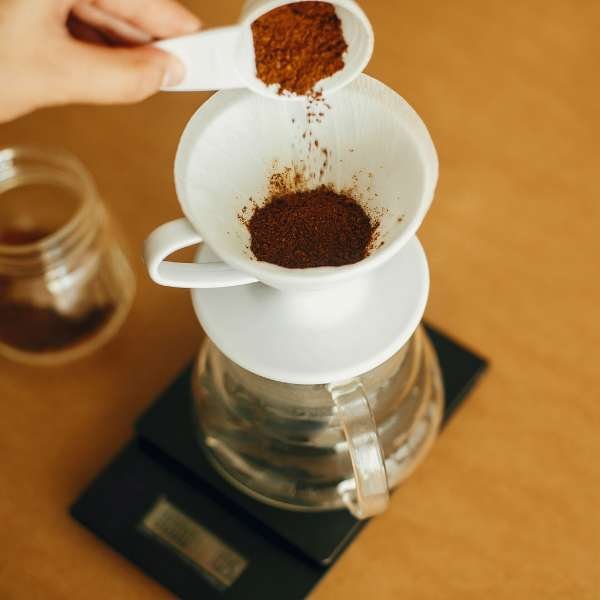
Exceptional coffee begins with exceptional beans. For pour over, freshly roasted, single-origin beans with light to medium roasts shine brightest. Their delicate floral, fruity, and herbal notes come alive through gentle extraction. Whole beans are best—grind just before brewing to preserve the aromatic oils and complex flavors. This attention to quality elevates your efforts from routine to ritual.
How to Grind Coffee Beans Without a Scale
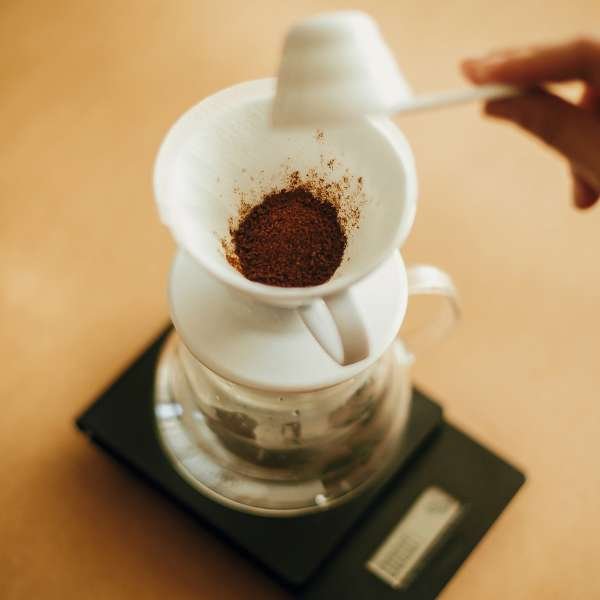
Without a scale, grinding coffee transforms into a sensory exercise. Aim for a medium grind—the texture of granulated sugar. Coarser grounds yield weak, under-extracted brews; finer grounds risk bitterness and clogging. A good benchmark is filling your filter’s base roughly a quarter to a third full with grounds. Rely on sight and touch, adjusting grind size and amount over time to perfect your balance.
How to Measure Coffee Without a Scale
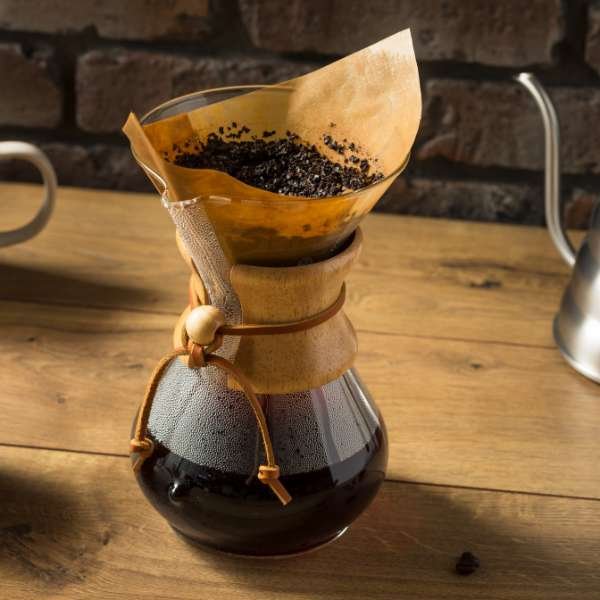
In absence of scales, measuring coffee is an artful estimation. Use a tablespoon as your ruler—typically two tablespoons of grounds per 300ml (about one cup) of water suffice. For bolder flavors, add an extra half tablespoon. Consistency builds with habit: settle on your chosen measure, then refine by taste. Trust your instincts; they sharpen with each brew, turning guesswork into expertise.
Using Everyday Kitchen Tools as Coffee Measurement Helpers
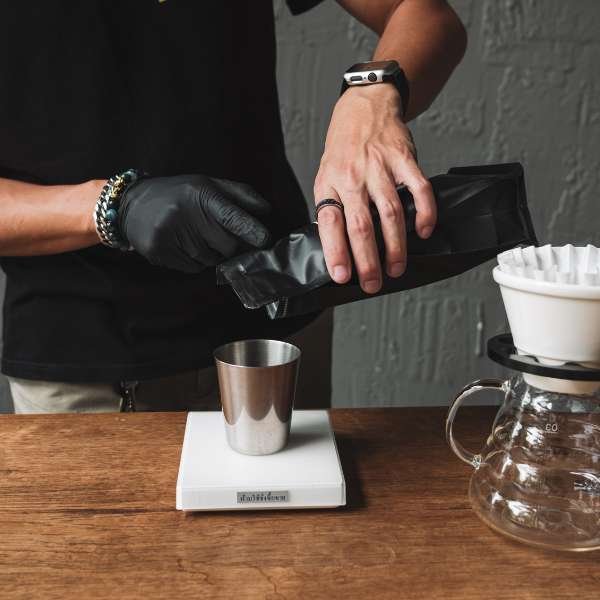
Your kitchen is filled with allies to approximate coffee amounts. Measuring spoons and cups provide dependable volume estimates—one-quarter cup holds roughly four tablespoons, perfect for multiple servings. Many coffee scoops approximate two tablespoons, a handy standard. Familiarity with these tools empowers you to replicate recipes confidently without digital aids.
How to Measure Water Without a Scale
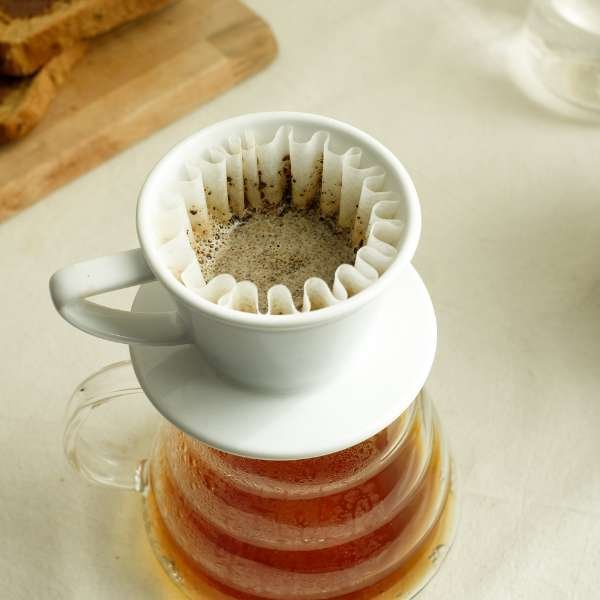
Measuring water precisely need not rely on scales. Transparent measuring jugs with milliliter or ounce markings allow for exact pours—typically 300ml per cup. Alternatively, a standard coffee mug, which generally holds 240-350ml, can serve as a visual guide. Accuracy emerges with repetition; soon, your eye discerns the perfect pour, blending convenience and consistency.
The Importance of Water Temperature
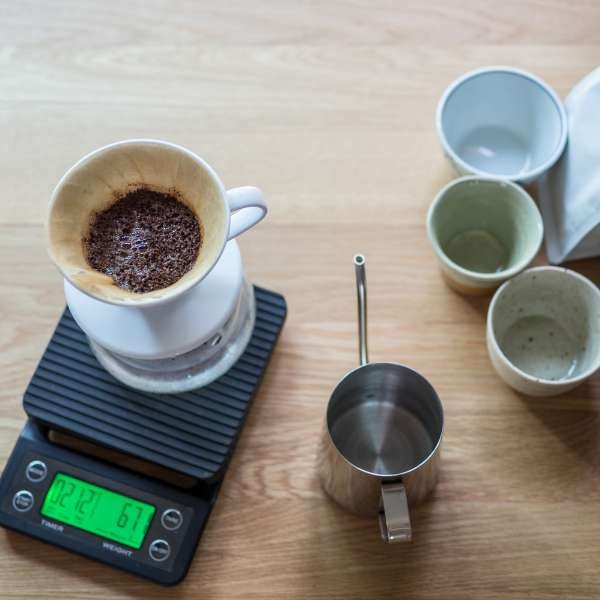
Water temperature wields tremendous influence over extraction. The sweet spot is between 195°F and 205°F (90°C to 96°C). Boiling water scorches grounds; cooler water yields sour, underdeveloped flavors. Without a thermometer, a simple trick works wonders: bring water to a boil, then let it rest 30 seconds before pouring. This pause produces water near ideal temperature, harmonizing extraction and taste.
Step-by-Step Guide
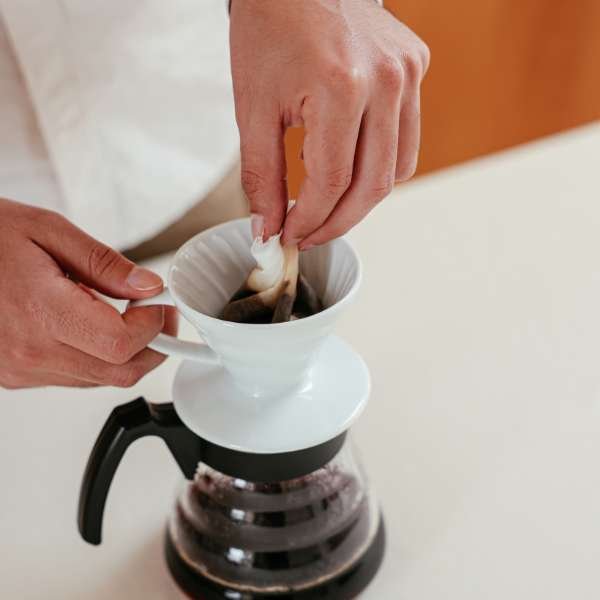
- Heat water and set up your pour over dripper with a fresh filter.
- Rinse the filter thoroughly to remove paper residues and preheat your dripper.
- Measure your coffee grounds—about two tablespoons per 300ml water.
- Evenly distribute grounds in the filter bed.
- Initiate with a gentle bloom pour, wetting grounds with twice their volume in water. Allow 30-45 seconds for blooming.
- Slowly pour remaining water in smooth concentric circles, saturating grounds evenly, aiming to finish within 2-3 minutes.
- Wait for the final drip, remove the dripper, and savor your fresh brew.
Tips for a Steady and Even Flow
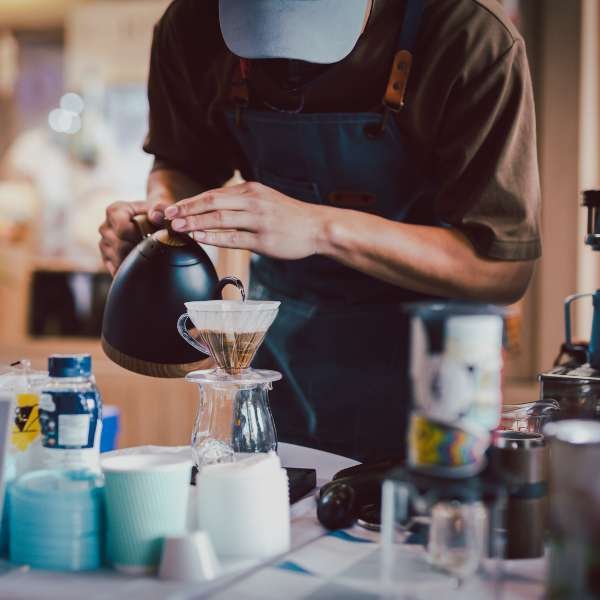
Balanced extraction hinges on your pouring finesse. A deliberate, unhurried flow—imagine gentle spirals radiating outward—ensures even wetting. A gooseneck kettle offers supreme control over flow rate and direction. Resist the urge to pour too fast; patience preserves complexity and prevents bitter over-extraction.
How Long to Pour and Steep Without a Scale
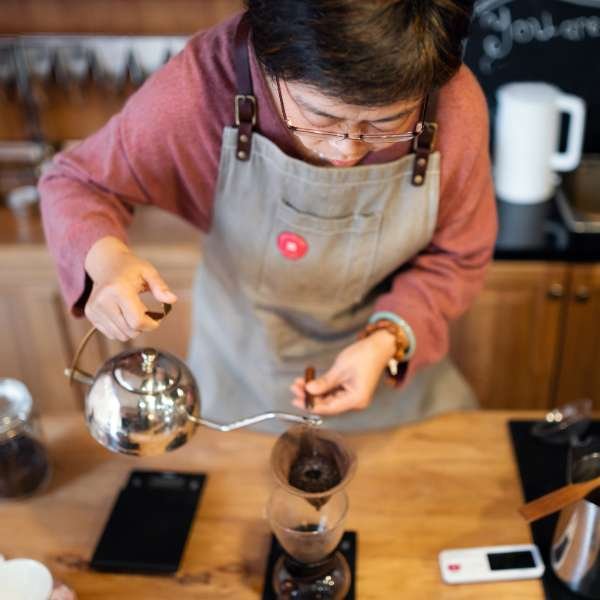
Though scales aid timing, your senses can serve just as well. The entire pour over should last approximately 3 to 4 minutes. Begin with a 30-45 second bloom, followed by steady pouring over 2-3 minutes. Observe the drip rate; a fast drip suggests coarse grounds, a slow one hints at overly fine grinds. Use these clues to adjust subsequent brews.
Common Mistakes to Avoid
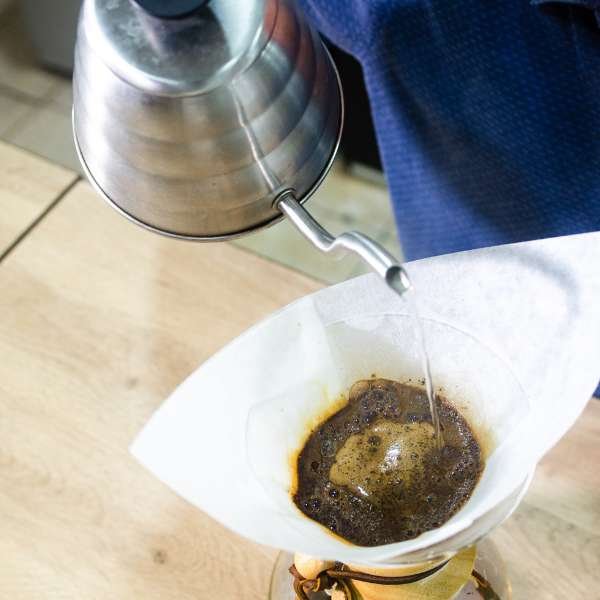
Steer clear of uneven pouring, inconsistent grind size, and neglecting the bloom phase—all culprits of flawed flavor. Water temperature errors—too hot or cold—also plague beginners. Wildly guessing coffee amounts risks sour or bitter results. Keep it simple initially, then hone your technique through mindful practice.
Tasting Your Coffee
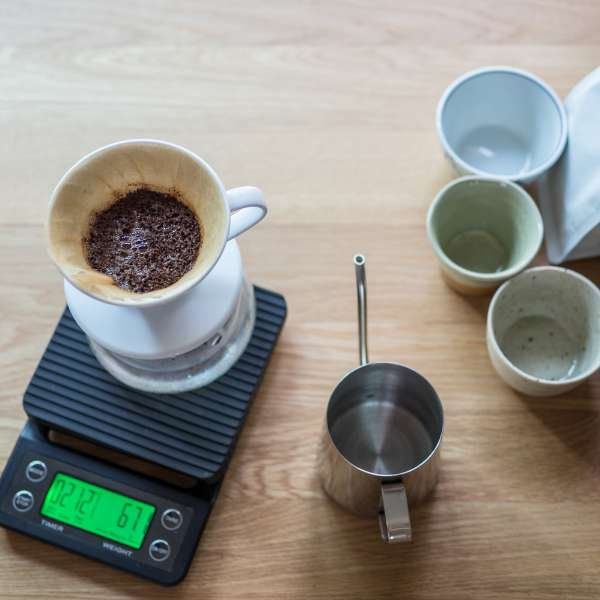
Taste is your ultimate guide. A weak, watery brew signals more coffee or finer grind is needed. Bitter or harsh? Reduce coffee or coarsen grind. Maintain notes or mental records of adjustments. Gradually, your palate will navigate you to your perfect balance—no scales required.
Experimenting with Ratios
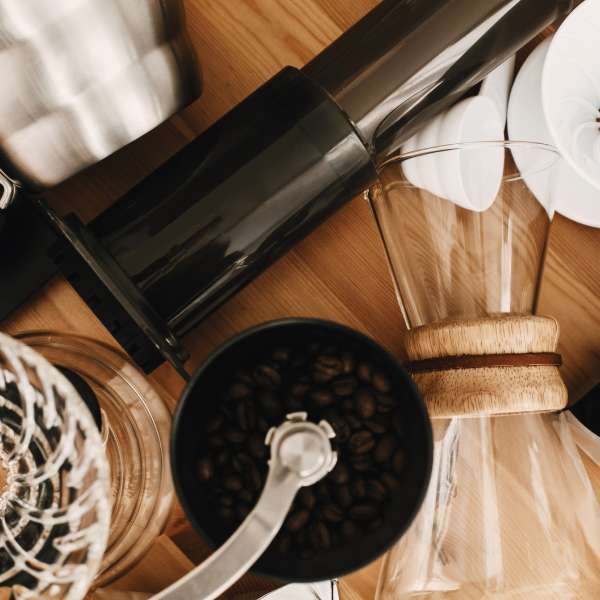
Standard pour over ratios range from 1:15 to 1:17 coffee to water by weight, but without scales, volume and taste tests reign. Start with two tablespoons coffee per cup water and tweak to your preference. Some prefer bold intensity; others a lighter brightness. Revel in experimentation—it’s part of the brewing adventure.
Using the “Eye and Feel” Method to Perfect Your Pour Over Brew
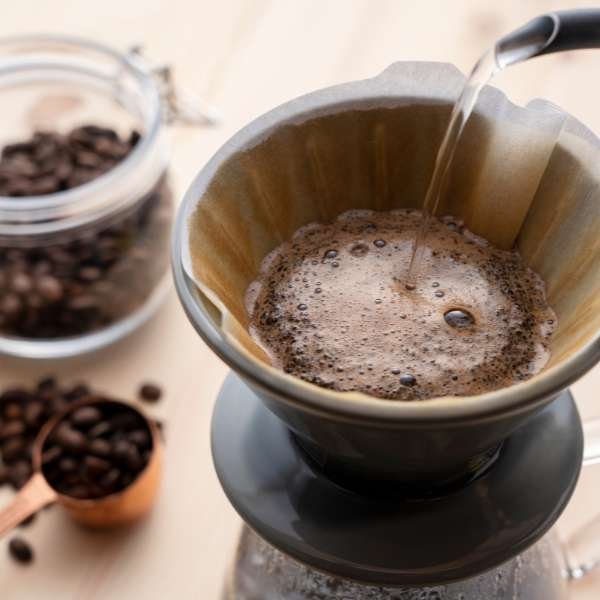
Cultivate intuition by observing bloom saturation, drip speed, and brew color. Feel the weight of your scoop and discern grind texture. These subtle signals help you make instant corrections, enabling consistently excellent espresso with no numeric crutches.
Cleaning and Maintaining Your Pour Over Equipment
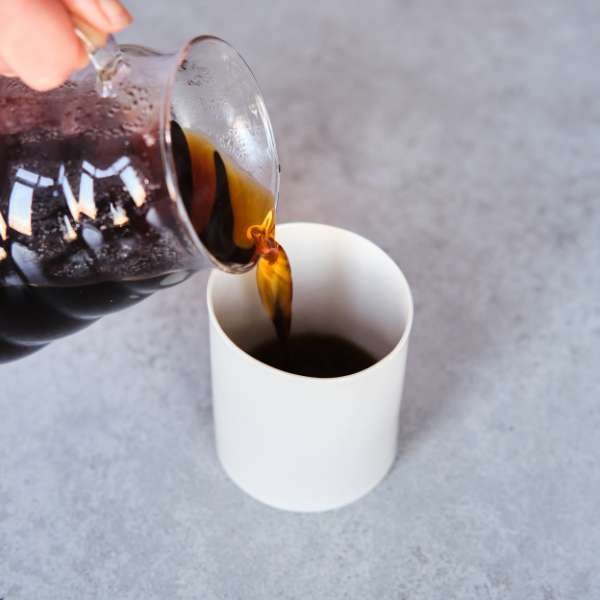
Flavor thrives on cleanliness. Rinse drippers, filters, and kettles after each use. Weekly deep cleaning of grinders wards off rancid oils that spoil freshness. Mineral buildup can dull flavor and aroma. Keeping gear pristine ensures every cup sings with vibrancy.
Troubleshooting Tips
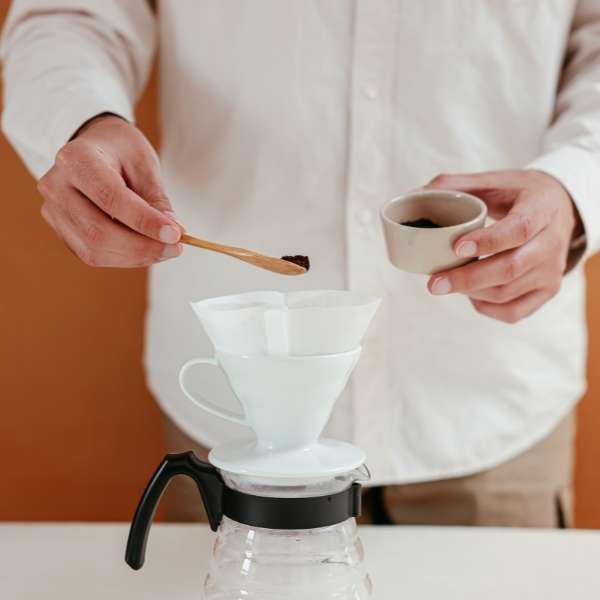
Try finer grind or longer brew. Bitterness? Coarsen grind or cool water slightly. Flatness? Beans may be stale or water too hot. Change one variable at a time and test again.Troubleshooting transforms mistakes into mastery.
How to Make Pour Over Coffee Without a Scale on the Go or While Traveling
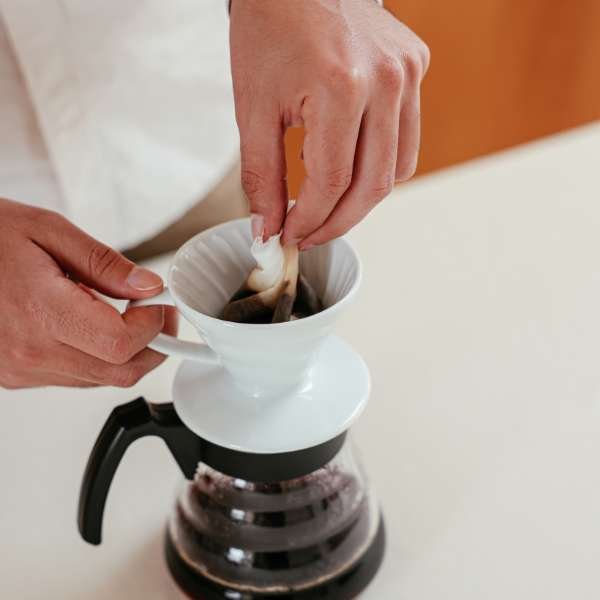
Travel calls for simplicity. Pre-portion coffee in small containers or scoops. Use portable kettles or heat water however you can. Measuring cups or mugs become your water guides. This approach ensures no matter the locale, you enjoy quality pour over coffee.
Your Coffee Intuition
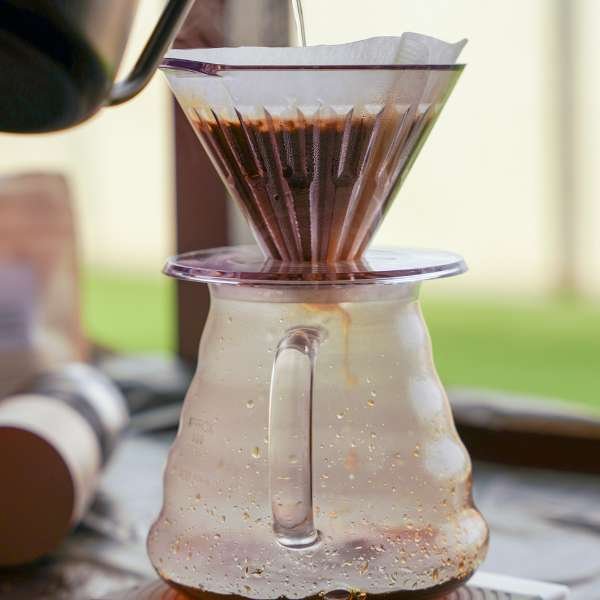
Brewing without scales deepens your sensory connection—learning to trust sight, touch, and taste over digits. This skill empowers you to craft exquisite coffee in any circumstance, transcending tools and technology. It’s a path to genuine espresso mastery.
Frequently Asked Questions
Q: Can I make pour over coffee without measuring spoons?
A: Absolutely. With practice, you’ll estimate volumes using household items or by eye alone.
Q: Will my coffee taste different without a scale?
A: Minor variations may occur, but experience leads to consistent, delicious results.
Q: How important is grind size without a scale?
A: Crucial. Uniform grind ensures balanced extraction and flavor.
Q: What if I don’t have a gooseneck kettle?
A: Use a regular kettle and pour slowly and mindfully for control.
Conclusion
Mastering how to make pour over coffee without a scale is a voyage of patience, discovery, and sensory engagement. It invites you to shed reliance on gadgets, instead nurturing your intuition and skill. Whether homebound or wandering, this method grants you the freedom to create remarkable espresso anywhere. Embrace the process, delight in the flavors, and let your instincts lead every pour.

